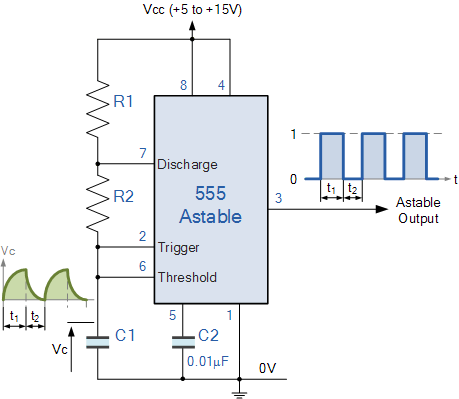I'm working on an automatic door that runs like this:
- Receives an input trigger, probably a voltage input
- DC motor runs in one direction for x seconds to open the door
- Same DC motor reverses direction for x seconds to close the door
- Standby for another trigger
The challenge here is that I can't use any microcontrollers (I'm too reliant on those things) and that everything is automated. I've done some research, so I've figured that I can control the motor direction with a H-bridge IC like an L298N, but I'm pretty confused with the timing control.
So far, I've found capacitor and 555 timing control circuits, but they are timing to ON and OFF circuits, which I'm not sure how to fit in here. I've also found a couple of time delay relays, but I don't know how those work.
Any help would be appreciated, thanks!







